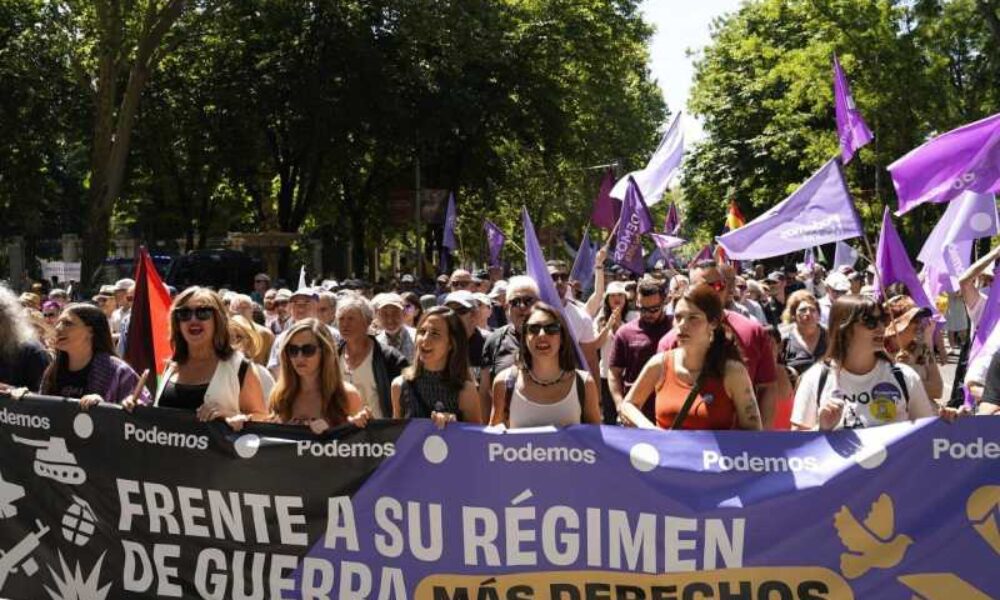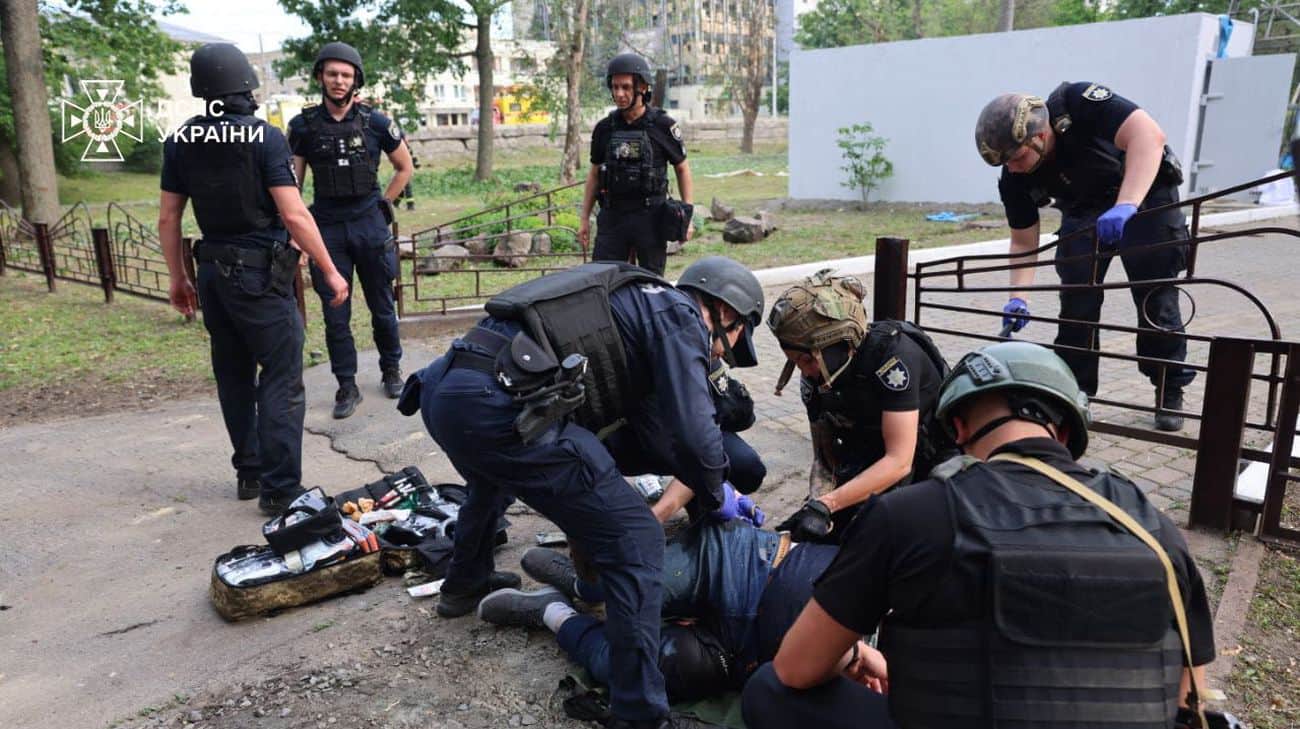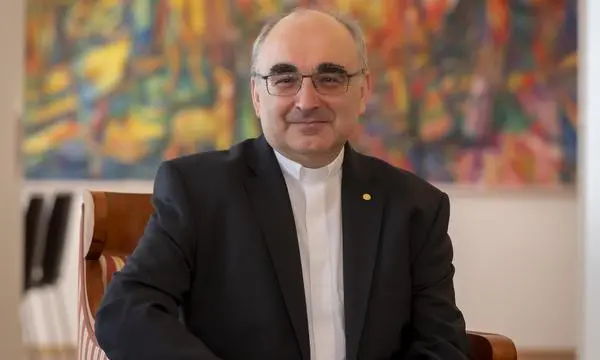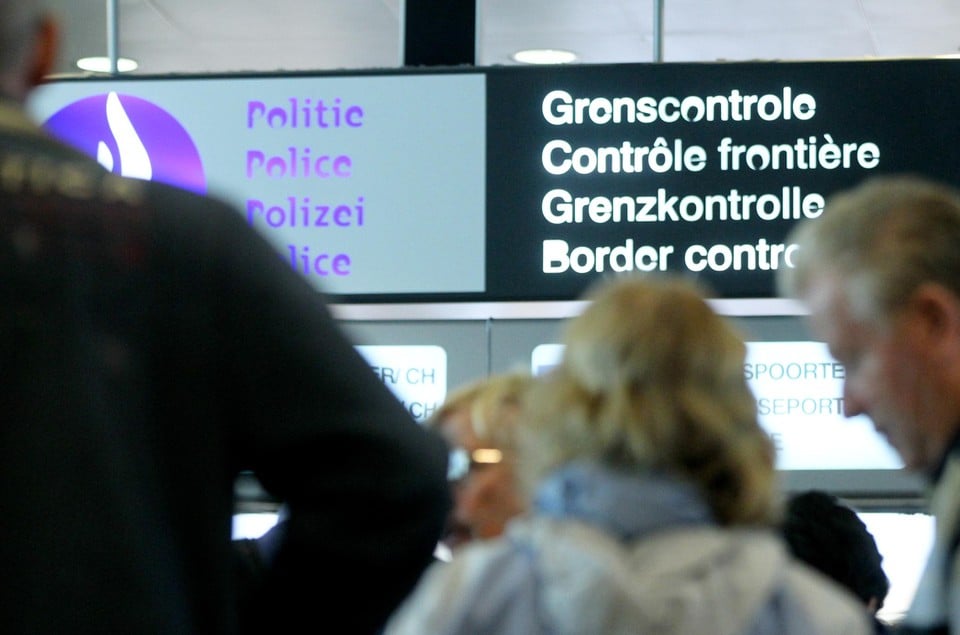« Shout for help. They will kill the mockens! »

Mocănăţele are a special area of the transport of people, and who goes with the mocănița does not look for high quality standards and stages that need to be respected, but a train that will go slowly, with 20 km/h, but who can climb the tip of the mountain and see there what can not see anywhere in the world, to the world, to the world, journalists.
‘From this point of view, of Mocănița, here is a cry for help (…) so that in Bucharest it is understood that the moccăniţe are a special area of the transport of people. We are not talking about transport of meal. There who goes, goes to look at 20 km/h a landscape either in winter or in summer, it is not about having high quality standards and STAS that must be respected and I do not think the tourist from Switzerland has come to have an extremely safe train to travel, but more a train that will go slowly, but to see the mountain and to see it. So, the legislative issues are things that we expect transmitted at the level of Bucharest to help us, here, make a better and higher quality tourism, « Zetea, in Baia Mare, on the occasion of an event promoting the Maramureș area.
He argued that, in recent years, Mocănița has been ‘under a siege’, both from Romsilva, which is interested only in the exploitation of the wood, but also of the Ministry of Transport, who wants to pass it in the standardization area, and the draft laws thought will effectively kill the moccanites from all over the country ‘.
‘Especially in the voivodal Maramureș, the number of foreign tourists is quite high. The German area, Austria, Switzerland, obviously, obviously want to reach the Mocăniței area, because it is the most spectacular for them. Mocănița has been in recent years, unfortunately, under a siege. There is a strange situation of the property there, together with Romsilva, who is not necessarily a supporter of tourism, but of the exploitation of the wood, and the private operator there (of Mocănița – no) obviously wants to increase the tourism and to keep the forest in the way it is. Repairs that are made there are not standardized as desired at the Ministry of Transport, for example. At this moment I am at the Ministry of Transport Projects of Law through which all the mockery in the standardization area is tried, including such as CFR transport. Obviously, you can not take locomotives and wagons 100 years ago to take them to standardization because it does not work, there are no pieces that you can replace there and this bill that is at the Ministry of Transport – and I have attracted the attention of the Ministry of Transport – it is a project that will actually kill the CJ from the CJ.
According to Zetea, Mocănița attracts over 30,000 tourists annually, largely being foreigners, who ‘come with money’ and generate higher revenues for the accommodation units in the area.
‘There are problems, because Mocănița is for the representative Maramureș county and we will do everything in our power to, on the one hand, those from Romsilva understand that not the exploitation of wood is priority, but the increase in the number of tourists in that area, which means 30 and some thousands of tourists who come to the year, who only come to the year, who only come to the year, higher for commercial companies, for accommodation units in the area. Larger receipts mean more money, higher profit, with which they can either go home, or pay for the future, and this will be the future, that is, it will be an additional to what we have as an industry in Maramureș county. More or less, tourism must represent the main objective for us, as a county council, because there can be the biggest growth, « he explained.
The head of the CJ wants the integrated development of the local economy, but also the ‘resuscitation’ of the Bun de Maramureș Association.
‘As long as we will manage tourism and through the development of the local economy-OMD Maramureș, who has not done these things in the past, to take the local producers, to put them at the same table with those who have restaurants or hotels, to be used exclusively products from Maramureș not at the level of obligation, but at the level of understanding, in the final, in the end, Use only products from Maramureș, these are things we have at the moment. We have associations that we have set up, including the Buna de Maramureș Association, to which, together with the mayor Dăncuș (Ioan Doru Dăncuș, the mayor of Baia Mare no), we will restore his life, so that as many travel agencies, stakeholders from tourism and especially people who work in the area of agriculture enter. These are concrete things that will happen in the next period this year, in principle and through the reorganization of the OMD, but also new initiatives, I repeat, by trying to play the life of this association-of Maramureș-which exists in Maramureș county and has not been used in recent years, « he said.
The railway on which the mocănița from Maramureș circulates is ‘alive’ and the only active forest railway in Europe, he pointed out.
‘What makes us special is the fact that it is a living railway. There are also railways and mockens worldwide – Romania, Germany, the United Kingdom, but most are only a museum, ie trips are organized for the date, for the date, they are more than the museum. What happens to us? What happened from 1933 to this day. It is identical, that is, we have prevented movement, railway reviewer, wagons, is alive. All that happens is the same as in 1933, until today nothing has changed. It may have been a little more modernized, but it generally remained the same. It is the only forest railway that is still active in Europe. The rest are closed, so we use the railway and tourist, but also forest, ‘said Dumitru Grad, manager of Mocănița from Maramureș.
According to him, the season begins in April and ends at the beginning of November, during which time the mocăniţa circulates daily. The tariff is 136 lei/adult, without food, and 196 lei with food.
‘Outside the season, it circulates on the weekend. Every day we start from April to November, about November 5 – 6, then we only travel on the weekend, that is, Thursday, Friday, Saturday, Sunday. During Christmas we circulate everyday, apart from Christmas day. We also have charter trains, but the rates are different, the standard tariff of 136 lei for the adult. In August we have between 6 and 7 trains a day, and a train has a capacity of 180 – 200 seats’, says Grade.
Of the total tourists, 80% are Romanian, and 20% foreigners, most of the Republic of Moldova and Hungary.
‘The proportion of Romanian tourists/foreign tourists is somewhere at 80% Romanian tourists. The vast majority of foreign tourists are from the Republic of Moldova, Hungary, Germany, Austria, Czech Republic, Poland. Post-pandemic decreased their proportion. Before, there were many more foreign tourists, especially the Germans and the Austrians were very, many. Now their number has decreased, but instead the ones from the Republic of Moldova come with many and we work with the agents from Hungary, again, the second country from which most foreigners come, and then Germany, Austria, Czech Republic, Poland. Less Italy, they prefer the sea, « he said.
Asked if Mocănița can only be maintained from his tourist and forest activity, Dumitru Grad replied that he has no other sources of financing, adding that it is very expensive to maintain locomotives and wagons.
‘We have no other sources of financing. It is very expensive to maintain a locomotive, wagons … it is extremely expensive, but we like what we do. So it is our ideal job, « he said.
ANAT, the Maramureș County Council and Visit Maramureș organized the ‘rediscovered Maramureș’ event, dedicated to promoting the area.
The event was attended by about one hundred representatives of travel agencies, tour operators and journalists, who had the opportunity to discover the authentic beauties of the region, in order to promote and include Maramureș in the national and international tourist packages.
For five days, the participants visited the wooden churches included in the UNESCO heritage, the Happy Cemetery in Săpânța, the Mocănița on the Vaser Valley, they saw the traditional crafts, the local gastronomy and the hospitality of Maramureş.








